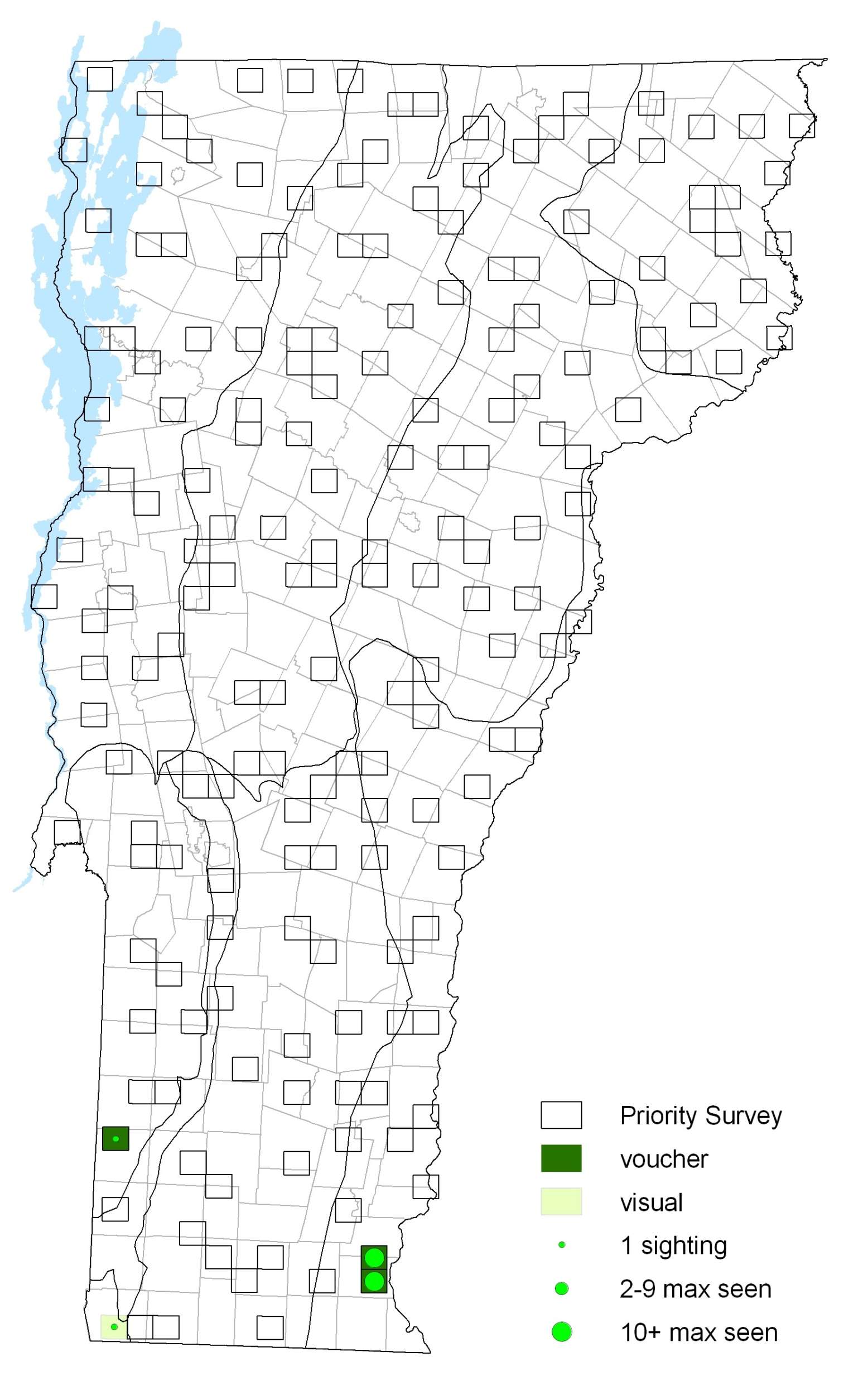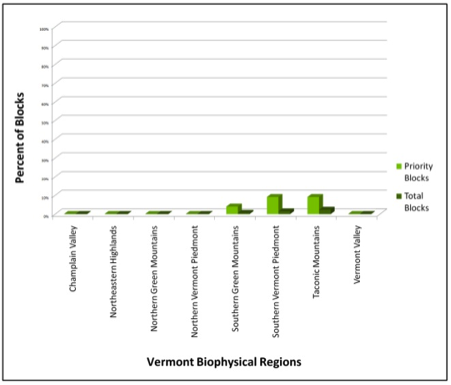|
Resident Conservation Status North American Range |
A large and distinctive grassland skipper at the very northern edge of its range in Vermont, it is often found in the same habitat as the Cobweb Skipper with which it shares its habitat, food preferences and early flight period. Males perch on the ground or low vegetation, often the dead stems of grass from the previous year, during the day to watch for females and fly actively when disturbed.
Identification
Fringes are brown with a few white spots. Upperside is gray-black; male forewing has a tiny stigma. Underside of hindwing is gray with white dusting outwardly and usually at least one white dot at the wing base.
Flight
One generation from late May through early June in northern part of range. Eight records for Vermont from 27 May to 7 June. Extreme dates: 27 May 2004 in Dummerston (S. Harris) and 7 June 2007 in Brattleboro (K.P. McFarland, K. Hemeon and B. Pfeiffer).
Distribution and Habitat
This butterfly was only found in open, dry habitats in far southern Vermont valleys with bluestem during VBS. There were no historic records. Colonies with relatively high populations were found along Interstate 91 from the Vermont-Massachusetts border to exit 3 in areas were the Vermont Agency of Transportation planted Little Bluestem. Hostplants are Big Bluestem (Andropogon gerardi) and Little Bluestem (Schizachyrium). Adults nectar from flowers including Japanese Honeysuckle (Lonicera japonica), Wild Strawberry (Fragaria virginiana), Blackberry (Rubus allegheniensis), Phlox (Phlox), Vervain (Verbena) and Red Clover (Trifolium pratense). Dusted Skipper was first found in Vermont during VBS on 27 May 2004 in Dummerston (S. Harris).







